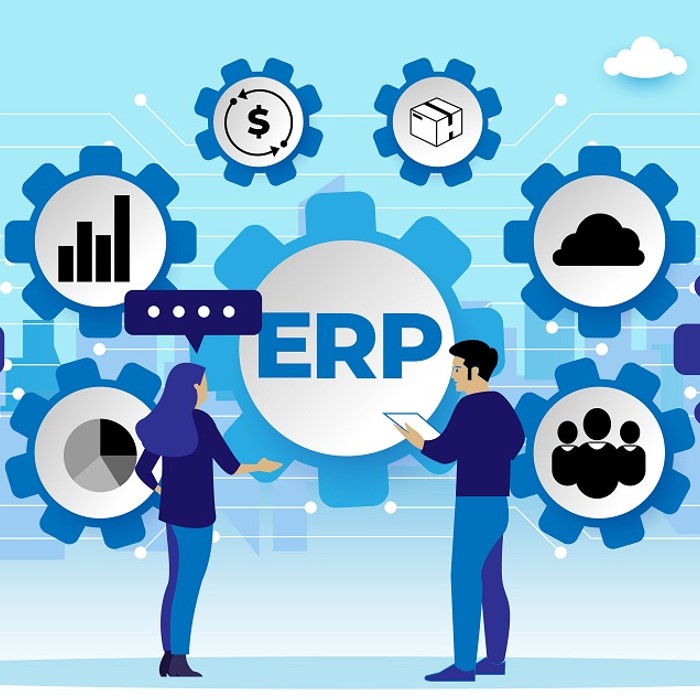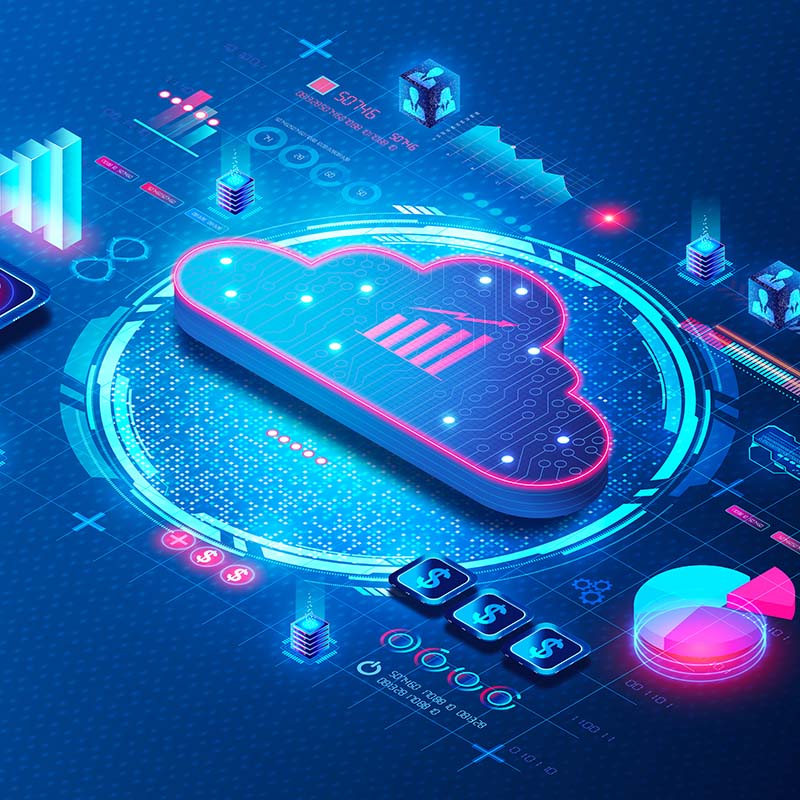Next-generation computing, which is fueling the rise of hybrid multicloud, is forcing IT leaders to reconcile competing demands: do it fast, keep it simple and don’t settle on a single cloud vendor.
Making sense of all this is Job One for Holger Mueller, who spent decades helping enterprise software giants like SAP and Oracle compete in the race to create intelligent computing environments. Now he’s a vice president and principal analyst for Constellation Research, where he advises IT leaders on navigating the new world of next-generation computing platforms. He helps companies shift their operational mindset to the notion of infinite computing.
In an interview with The Forecast by Nutanix, Mueller talked about the key trends confronting IT leadership and explained the appeal of next-gen platforms. His perspective boils down to three pillars: speed, simplicity and multiplicity.
Acceleration: Getting Businesses Moving Faster
“Enterprises have to move faster than before,” Mueller told The Forecast. “If they slow down, or they don't move fast enough, somebody else might be fast enough to disrupt them.”
That’s not always easy when technologies designed to improve enterprise speed and efficiency end up bogging things down. Mueller hopes to turn this reality around.
“IT computing infrastructures cannot continue to be the shackles on agility that they have been in the past,” Mueller wrote in a Constellation Research report about the Nutanix Cloud Platform, which allows workloads to be deployed across multicloud and on-premise IT systems.
Mueller and his Constellation colleagues see a potential solution in next-generation computing platforms, which they define as technologies that allow IT teams to move workloads back and forth between cloud services and on-prem environments.
Mueller said next-gen computing expands the elasticity of cloud services, building on their core appeal. IT leaders crave the ability to spin servers up and down as needed and pay only for the resources used. Of course, each cloud provider has different advantages, which encourages companies to develop IT environments that rely on multiple clouds.
Ideally, IT workloads could shift seamlessly between clouds as needed. But the reality is that applications typically would have to be refactored for each cloud service — a costly and time-consuming prospect. Next-gen platforms give enterprises a path around this roadblock.
Mueller’s report for Constellation explores the pros and cons of Nutanix hybrid cloud infrastructure software that enables next-gen cloud computing. Nutanix helped pioneer hyperconverged infrastructure (HCI), which virtualizes compute, storage and networking on common hardware. Specifically, he looked at Nutanix Cloud Clusters, which makes it easy to move IT workloads between their own data center and cloud services, including Amazon Web Services (AWS) and soon Microsoft Azure.
“Vendors like Nutanix allow a third-party view over the different clouds,” Mueller said. With a next-gen platform, IT teams have a single-pane-of-glass view of their computing ecosystems. Built in automation simplifies the management of complex interconnected technologies.
Simplification: Bringing Order to Cloud Chaos
The speed and elasticity of the cloud inevitably collide with the reality of complexity.
Mueller cites the example of a data lake used for advanced analytics and artificial intelligence. These advanced data-driven applications require massive volumes of information that can be analyzed in real time. The data could be pulled from multiple cloud services, applications, databases and computing environments.
Getting all this data to produce useful insights is an immensely intricate task that an IT manager would have to do while juggling many more challenges. For instance, different divisions of an enterprise may spin up a cloud service they favor without considering its impact on the overall IT ecosystem. Departments like accounting or compliance may implement SaaS solutions to quickly resolve specific business challenges. Acquisitions or management restructurings may shake up the workload mix.
“Business priorities, timing and write-down cycles all determine the specific time a load may be moved to the public cloud or whether it should remain on-premises,” Mueller said in his Constellation report.
Issues like data egress rack up expenses. Tools purchased a half-decade ago must remain operational well beyond their expiration dates.
“What looked like great ideas two or three years ago doesn't look like a great idea today,” Mueller said. “You can't just throw these systems away — you have to keep operating them.”
These and other issues contribute to the entropy that threatens to overwhelm enterprise IT.
“CIOs are struggling for anything which can make their lives simpler,” said Mueller.
He advises IT leaders to carefully choose next-generation computing platform vendors that can make workloads portable while simplifying the management of their IT environments.
Multiplication: Embracing ‘Identicality’ in Multi-cloud Environments
An effective next-gen computing platform uses workload portability to encourage acceleration and simplicity.
“With workload portability, I can run critical processes in any place,” Mueller said. “This requires the platform to have identicality.”
Identicality means an on-premise IT architecture is so similar to its cloud counterpart that it’s essentially seamless to move workloads from one to the other.
“For me to move the workload from A to B, I need to have the same technology, the same APIs, the same tech stack and the same authorizations,” he added.
In his report for Constellation Research, Mueller cautions that identicality is not a fixed point — it’s a fluid measure that’s always rising or falling with the evolution of IT environments. Thus, IT leaders need to assess how much identicality their next-generation computing vendors can promise.
The report also encourages organizations to confront cloud skepticism head-on. After all, at the enterprise level, the cloud imposes a cautious rent-or-own assessment.
Some companies use so much processing or bandwidth that it makes more sense to buy hardware than to rent it from public cloud providers. Data residency regulations also may require on-prem hardware. IT leaders will not be able to shrug off critics or ignore the shortcomings of specific use cases.
Even so, Mueller concluded, “multicloud is the reality for almost all organizations.”
He said the challenge for IT leaders boils down to finding next-generation computing platforms that help them combine speed, simplicity and identicality to make their businesses stronger.
Editor’s note: learn more about The Easy Way to Hybrid Multicloud in this ebook.
Tom Mangan is a contributing writer. He is a veteran B2B technology writer and editor, specializing in cloud computing and digital transformation. Contact him on his website or LinkedIn.
© 2022 Nutanix, Inc. All rights reserved. For additional legal information, please go here.















